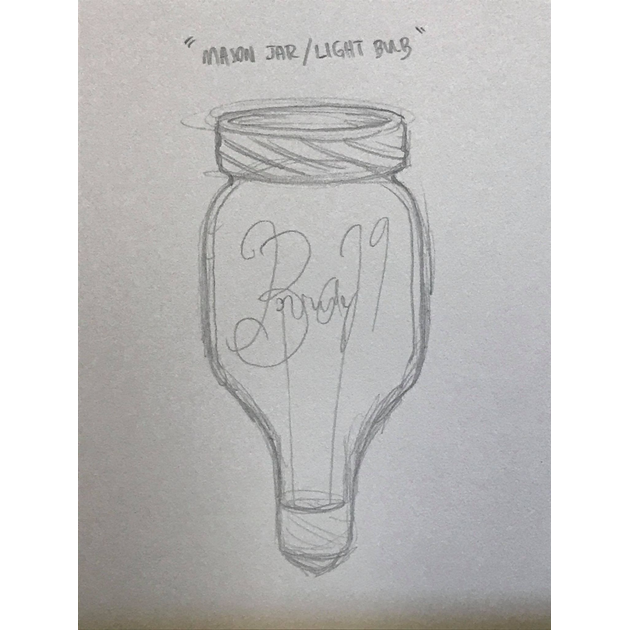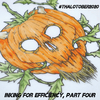Making Art Work: Sketching for Efficiency (Part Three)
Making Art Work: Sketching for Efficiency (Part Three) :
Drawing Exercises
Welcome to part three of the Sketching for Efficiency series! If you're follwoing along, so far we have talked a little bit about the kind of drawing materials you can use in part one, and talked about what kind of drawing styles you can explore in part two.
In this entry, we will be discussing the types of exercises you can do to help expand your drawing abilities and trick yourself into developing new techniques in fun ways.
NOTE: The idea behind these exercises are not to help you make your next masterpiece (although you may be surprised with what you come up with!). The idea is to broaden your artisitic horizon and learn how to adapt and apply what you know to hopefully learn, build, and grow your current skill set in fun ways. Be sure to temper your expectations and instead of focusing on the end product, focus on the process.
Exercises to build your observational drawing skills
Draw (half) an object from real life, make up the rest:
This has been a longstanding tradition in art education, and has been used by many famous artists to create intriguing pieces of art that are very popular. There is the standard "cut in half" approach, or you could divvy up the proportions of your life drawing however you want to create a brand new form of organic absence in your drawing.

Morph two objects in real life into each other:
Another classic formal drawing exercise, the challenge relies not only on capturing two separate objects, but engaging with the idea of merging the two objects in an interesting and successful way. If you need inspiration on what kind of objects to draw, check out this random object generator:

Draw an object or creature from a different angle than how you are viewing it.
This is a tricky exercise, but can help you immeasurably in learning how to understand shape, form, and how to capture the essence of a drawing subject without attempting to make a carbon copy of it. This exercise is perfect for artists to be able to hone their perosnal art style and maintain their original voice while creating work based on an already existing subject.

Draw an object or creature with a different texture or surface quality than it currently has.
This exercise is to help train you to visualize and recreate two real-life characteristics and translate them into a previously nonexistente context. It helps utilize your imagination and adaptation to using critical thinking in creating your desired visuals.

Try drawing using a completely new or improvised drawing tool.
Do you typically use pencils? Try charcoal. If you usually work in technical pen, try a brush pen. Pretend you don't have any of your usual tools and make up your own drawing utensil. These kinds of exercises test both your ingenuity and your ability to capture basic drawing skills like tone, softness, sharpness, line and form in a way that is outside of your comfort zone.

We hope these drawing exercises will help you in expanding your skillset and help you temper your own drawing process. Do you have a favorite drawing exercise? Let us know in the comments, and stay tuned for more tips, tricks and inspiration from thalo.com!







